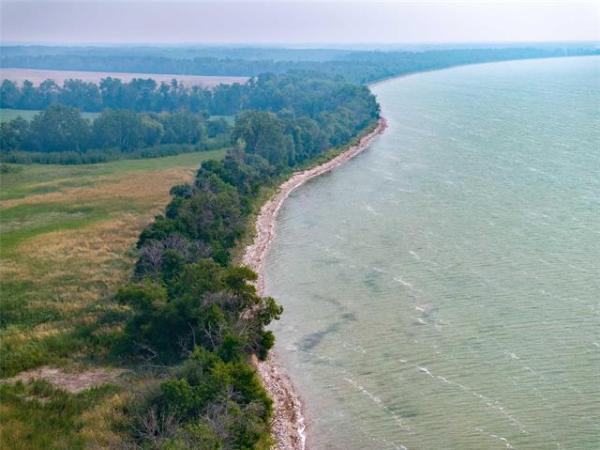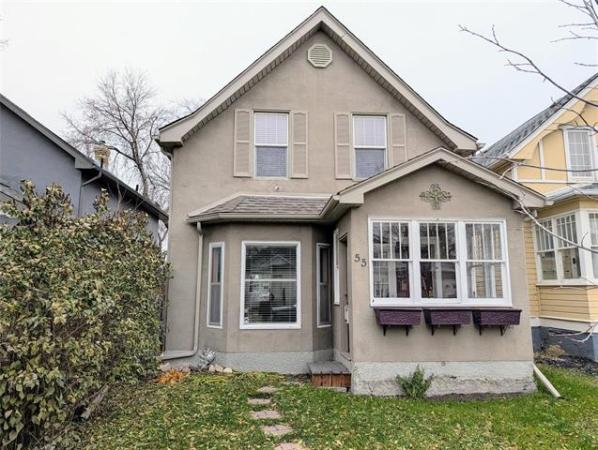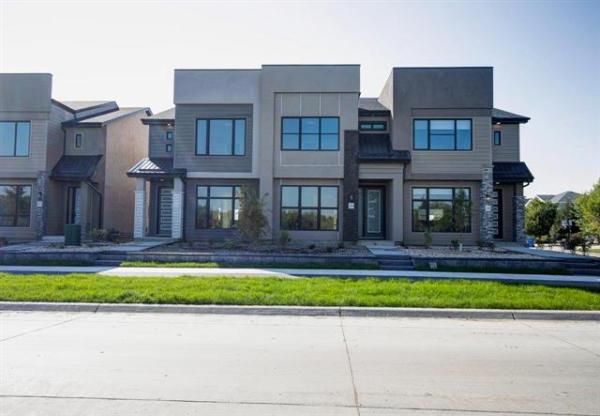Question — I live in a five-year-old townhouse condo, which has wooden stairs and a deck entering my front door. The first year I moved into my condo, my stairs were not level. Over the course of five years, my porch has dropped about seven centimetres. It’s pulling the vinyl siding off with it. I opened up the side of the porch to find very little room to see or get at the posts supporting the porch. These posts are not on piles or cement blocks, like my back stairs. Those had the same problem, which I fixed two years ago, with the leveling jacks they used. To describe the type of posts, the top has an angle supporting the beam, with a rod below that, connected to a U-channel embedded into the ground. It seems there may be a rod below that yet, that the channel is connected to. It is placed into the clay and very little crushed limestone.
Should these posts not have cement blocks supporting them, as with my back stairs? What I would like to know is if this is done properly and by code? And if not, what are my options? In order to fix this, I would have to take off my railing, deck boards, and remove a few joists to get at these posts and have enough room to apply more limestone and jack everything up.
— D. Brown
Answer: Repairing stairs, landings and decks on a condominium, which have settled, should be completed by experienced contractors, due to the safety concern if done improperly. For many condos, this should fall under a common element of the entire complex, which may only be partially your responsibility to maintain. Inquiring with the condo corporation board of directors for remediation should be your first and last steps in this potentially hazardous situation.
When a condominium is purchased in Manitoba, the seller is required to provide the buyer with up-to-date documents pertaining to various aspects of the building and corporation. One of the most important of these is the amount of money currently in the reserve fund, which is kept to pay for any major repairs and for items known as common elements. These common elements are portions of the entire complex that are jointly owned by everyone, such as hallways, sidewalks, driveways, roofs and most other items on the exterior of the buildings. It is also used for other costs associated with these common elements such as utilities, landscaping and other maintenance fees.
There should be further information in your condo documents outlining just what these common elements are and what is the responsibility of each individual unit owner. One reason for these rules to be defined is to maintain a consistent aesthetic to the entire complex. This is partially to prevent individual owners from choosing colours or products that are vastly different from their neighbour’s, which would give the complex a hodgepodge appearance if employed. Another consideration is for items such as your front deck and steps, which can be a major liability for the corporation if they are not safe.
I would suggest you find your condo documents that pertain to the common elements, and inquire with your condo board president about who is responsible for maintenance of the stairs. If it is indeed a collective issue, request that the condo board address this issue at its next meeting and hire someone to inspect the defect. If the board is reluctant, talk to your neighbours, as it is unlikely yours is the only unit affected. That should be followed by quotes from contractors and proper repairs. If the individual unit owners are required to keep the stairs in serviceable condition, then you should seek out a reputable general contractor for advice and a plan for repairs. There may also be requirements that the materials and design used for any future stairs match all the others, so keep that in mind if you are paying for upgrades.
As for the question about the original stairs being built to code, that issue is moot at this point in time. You are correct that any such structure should be constructed on solid footings, but that may vary considerably with each deck or stairs built. It is likely that the builder used concrete deck blocks or footings below the adjustable supports, but these have sunken into the soil and are now invisible. Lifting and levelling the stairs and deck may be possible by careful adjustment, but it is equally as likely that the support posts will simply sink further if the soil is not stable.
Until recently, the last several years have been extremely dry in our area, leading to major shrinkage in our clay-based soil. That, in addition to the soil around your home likely being fresh back-fill, is the probable cause of the settling stairs, not missing footings.
Because a defect in support for exterior stairs, decks, balconies and other similar structures can be a major safety hazard, repairs should be done with great care. It is not something you should take upon yourself, to prevent blame being directed upon you should someone get hurt after repairs are complete. That would normally be the burden of the condo corporation and board of directors, which are undoubtedly properly insured for such an occurrence.
Despite the inadequacy of the original supports for your townhouse condo’s front stairs and deck, levelling and repairs should not normally fall on your shoulders. Reviewing your condo documents should outline this issue, which is typically a common element. If that is the case, demanding timely inspection and repairs from your condo board is the correct course of action to make your stairs level and safe.
Ari Marantz is the owner of Trained Eye Home Inspection Ltd. and a Registered Home Inspector (RHI)(cahpi.ca). Questions can be emailed to the address below. Ari can be reached at 204-291-5358 or check out his website at trainedeye.ca.
trainedeye@iname.com



